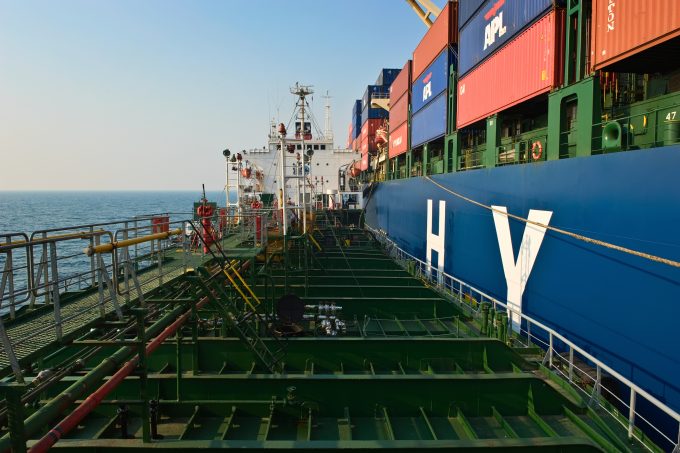
© Vladimir Serebryanskiy
South Korean carrier Hyundai Merchant Marine today reported a third-quarter operating loss of KRW46.6bn (US$39.8m), representing a 62.1% year-on-year improvement on last year’s Q3 loss of KRW123.1bn.
The company said the improvement largely came about as a result of its cost reduction efforts.
“HMM has achieved a significant reduction in its operating loss as compared to the preceding year, mainly due to TDR [tear-down and redesign] activities which include overall process innovation in the field of sales, operation, and administration.”
Total revenue for the third quarter rose 1.5% year on year, to KRW1.44trn, despite the continued uncertainty of global trade and oversupplied market with weakening freight rates . It noted that the composite SCFI container freight rate for the period was some 10% below the corresponding period in 2018.
For the first nine months of the year, HMM posted revenues of KRW4.2trn, a 10.2% year-on-year increase, and a year-to-date operating loss of KRW265.2bn, which represents an improvement of 46.2% over the first nine months of 2018.
It did not disclose the volumes it carried, although Alphaliner data released this week shows it did increase volumes on the transpacific trade by 2.4% in the first nine months – bucking the market, which is likely to show a slight decline – to carry around 750,000 teu.
And the carrier sounded an optimistic note for the remainder of the year, which came with the normal caveats.
“Although the fourth quarter is the traditional slack season for the container sector, an increase in volume is expected ahead of the early Chinese New Year in 2020.
“However, global trade uncertainty will still persist, due to the US-China trade conflict, instability in the Middle East/Hong Kong and Brexit,” it said.
Next year, it will begin taking delivery of its new ultra-large container vessels under construction in South Korea, and will also end its vessel-sharing agreement with the 2M partners and join THE Alliance.
“HMM is working on the smooth transition to THE Alliance without service disruption, and will offer reliable services with diversification of service routes and improve cost structure through TDR,” it said.

Comment on this article